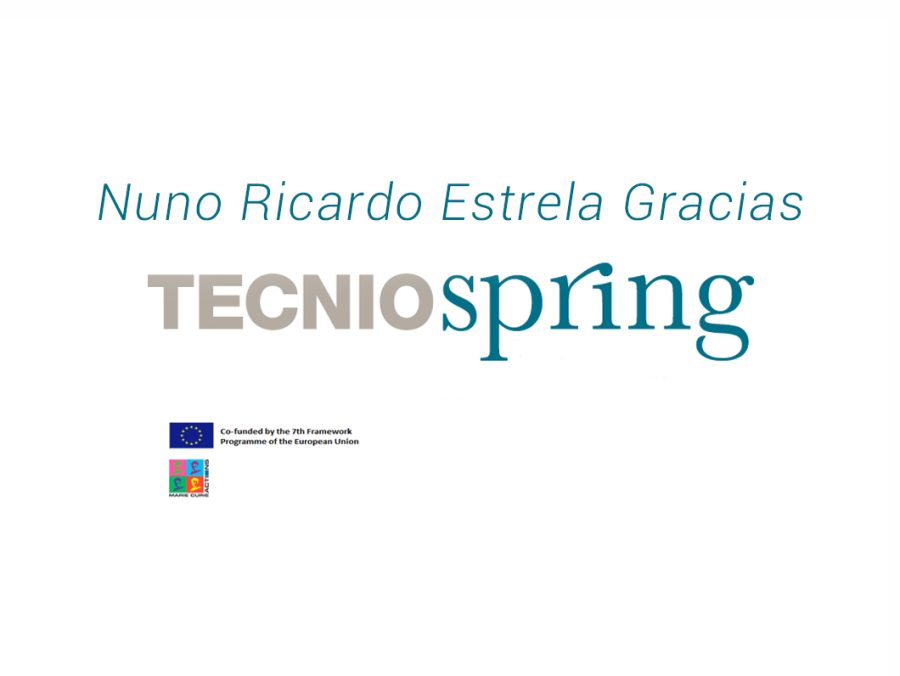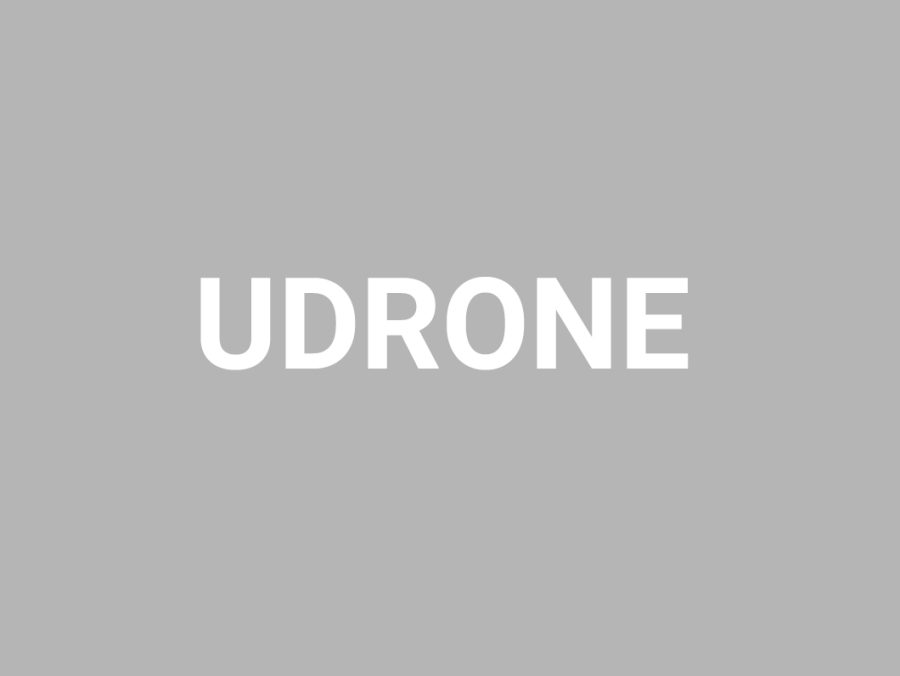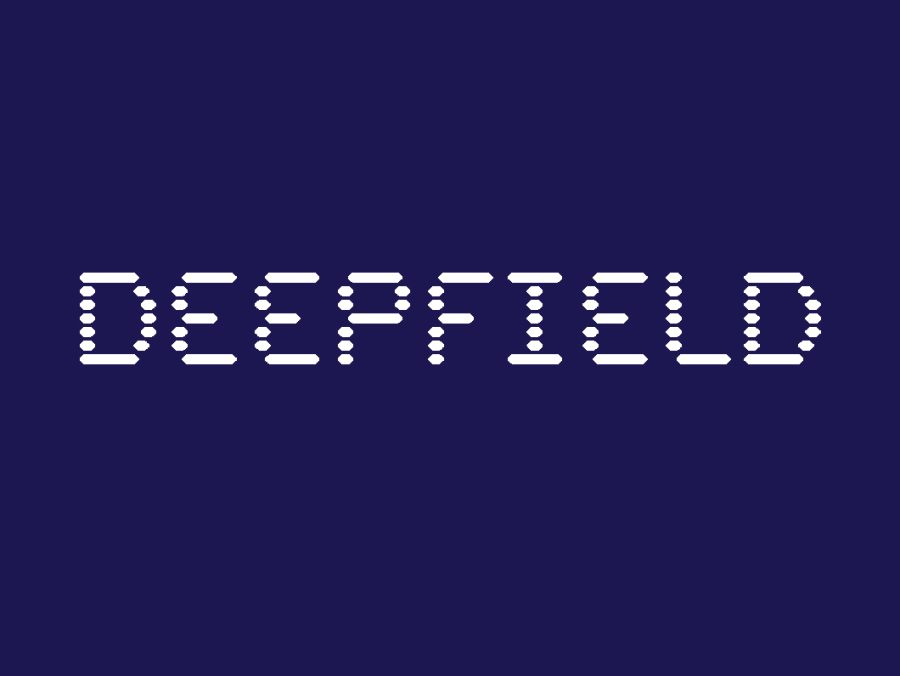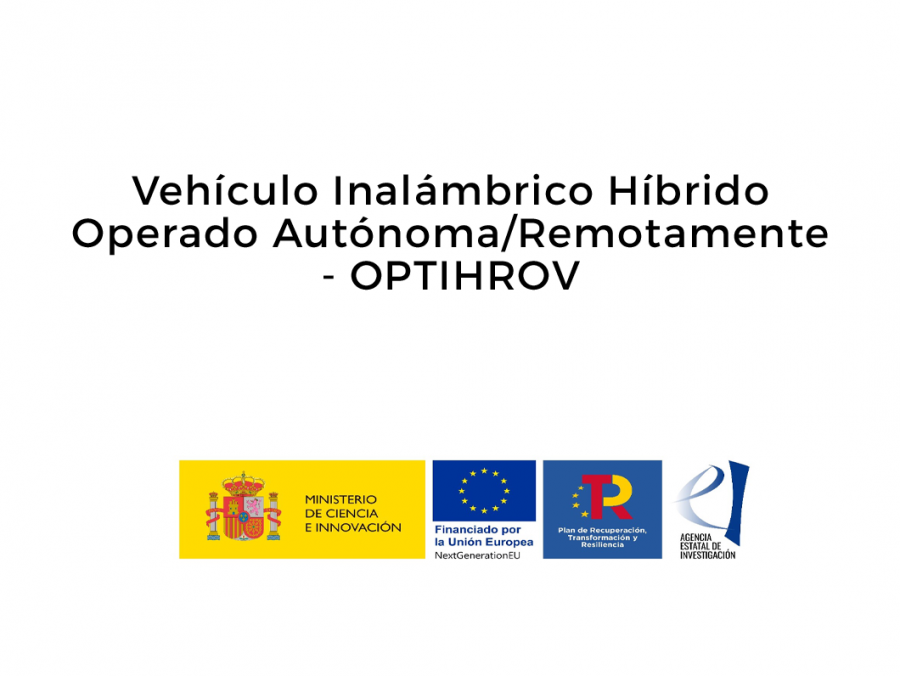The study of marine habitats is a key component for understanding and managing ocean resources. These resources are becoming crucial to the world economy and the development of the human race, taking into account the exponential growth of the world population and the limitations of the land resources in terms of energy, food and raw materials.
In addition to their intrinsic scientific and economical interest, underwater studies can be used for assessing sites that are important from a conservation point of view, determining areas sensitive to disturbance and pollution, development of coastal and marine protected areas management plans.
Currently, such studies face serious challenges, mainly resulting from the harshness and the hazard of the underwater environment. The use of divers drastically limits the depth range and the duration of the studies, while the use of manned submersibles involves high operational costs.
This project proposes a radically novel paradigm that provides the basis for more direct, interactive and efficient underwater studies, while reducing the associated costs. The technologies developed in the context of this project will allow the scientist to directly study, in an immersive way and in real time, the environment surveyed by the robot, while allowing them to remotely interact with the vehicle in a natural and intuitive manner.
From the hardware point of view, the proposal has three main elements: (i) an intelligent ROV that will be used to acquire and transmit data such as: panoramic visual data, acoustic imaging, and other mission-specific data; (ii) a data processing unit that will process the data acquired by the ROV, creating rich representations of the environment (e.g. multimodal 2D/3D maps, semantic representations, etc.); and (iii) a telepresence environment, in which the scientists will have a 360 degrees panoramic real-time view of the area currently surveyed by the ROV, enriched with additional information such as acoustic imaging, semantic representations, and other sensor information.
During the missions, the scientist will be able to operate the vehicle using simple instructions such as: survey/map a specific area, 3D reconstruct an area/structure, or steer/guide the vehicle joysticks or pointing devices. The ROV will be constantly aware of its environment and possible obstacles/hazards, automatically avoiding such situations, ensuring its safety. This will drastically reduce the complexity of ROV operation, eliminating the need of a specialized pilot. Moreover, the ROV will be able to carry out small-scale surveys in an automatic fashion, ensuring a complete and optimum
coverage of the region of interest, while the processing module will automatically generate 2D/3D representations of the area, allowing the scientists to focus at the scientific aspects of the studies. coverage of the region of interest, while the processing module will automatically generate 2D/3D representations of the area, allowing the scientists to focus at the scientific aspects of the studies.
The hardware and software tools proposed in this project will provide the scientist with a much more interactive and immersive approach to underwater studies. Moreover, these tools will increase the efficiency of the studies, reduce the operational costs and reduce the required auxiliary personnel (ROV pilots, technical staff, etc.).





